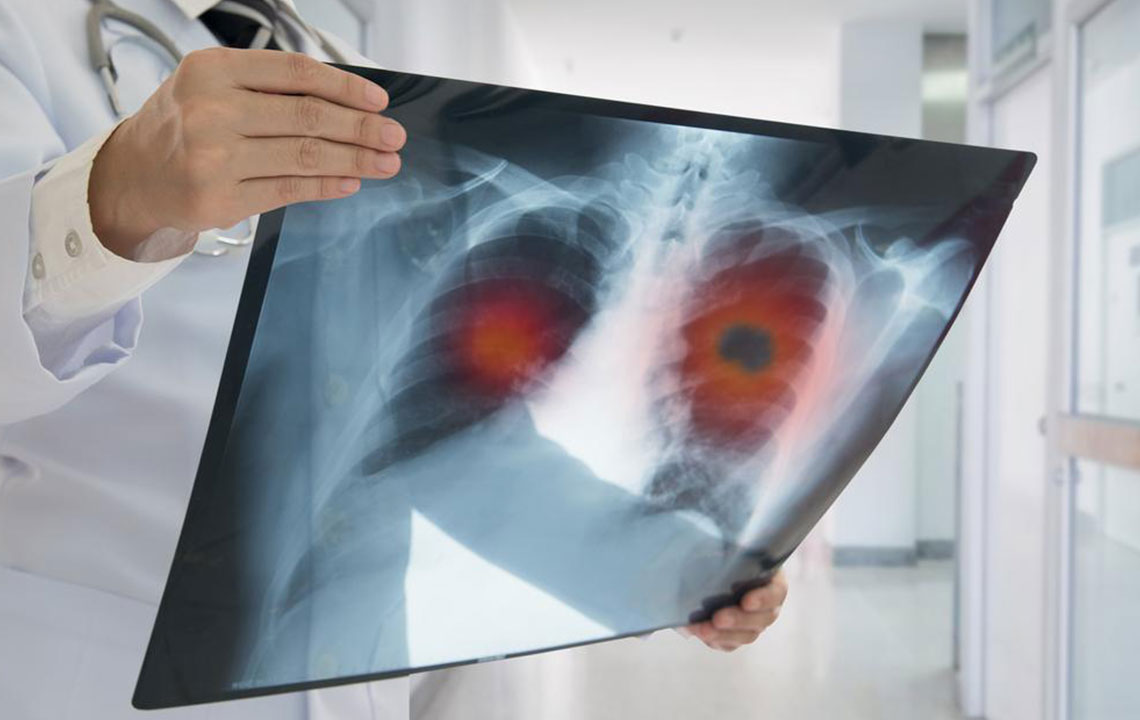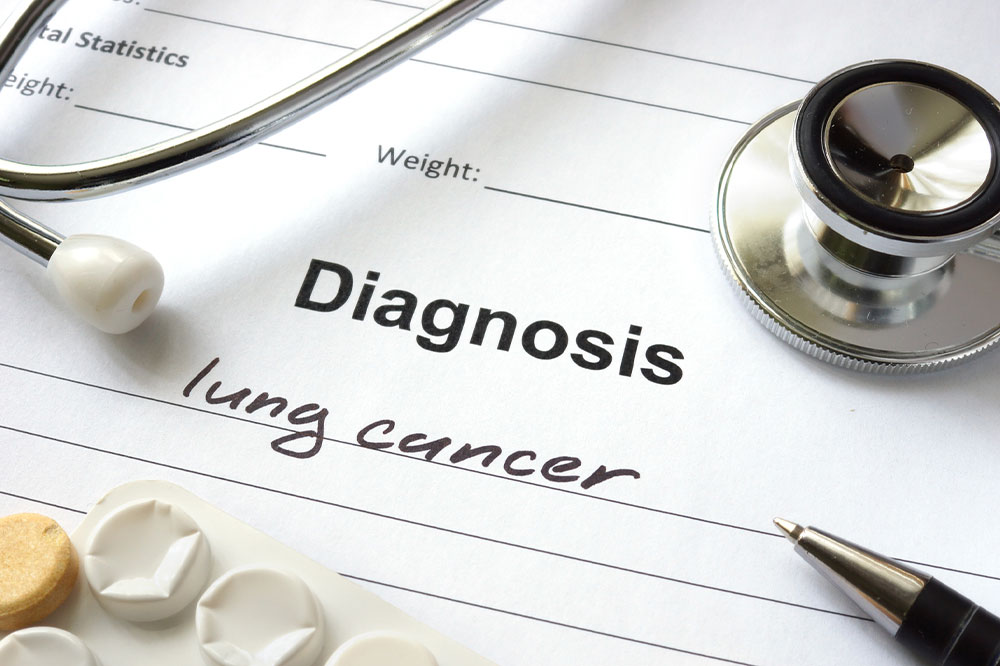A Comprehensive Guide to Non-Small Cell Lung Cancer: Symptoms, Diagnosis, and Treatment Strategies
This comprehensive article explores non-small cell lung cancer (NSCLC), detailing its causes, symptoms, diagnostic methods, and the latest treatment options. It emphasizes the importance of early detection and personalized therapies, highlighting advances such as targeted treatments and immunotherapy. The article also covers preventive measures, patient support systems, and future research directions, providing a thorough resource for patients, caregivers, and healthcare professionals seeking in-depth knowledge about NSCLC management and prognosis.

Understanding Non-Small Cell Lung Cancer: Causes, Symptoms, and the Latest Treatment Approaches
Lung cancer continues to be one of the most formidable health challenges worldwide, with non-small cell lung cancer (NSCLC) forming the majority of cases. Unlike small cell lung cancer, NSCLC grows more slowly and is often diagnosed at an advanced stage, making early detection and treatment vital for improving patient outcomes. This comprehensive guide delves into the causes of NSCLC, common signs and symptoms, diagnostic procedures, current treatment options, and ongoing advances in the field that promise hope for patients and their families.
What Is Non-Small Cell Lung Cancer?
Non-small cell lung cancer accounts for approximately 85% of all lung cancer diagnoses, making it the most prevalent form. It encompasses several subtypes, including adenocarcinoma, squamous cell carcinoma, and large cell carcinoma. Each subtype exhibits distinct characteristics in terms of growth patterns, locations within the lungs, and responses to treatment.
Causes and Risk Factors
The primary risk factor for NSCLC is tobacco smoking, responsible for about 85% of lung cancers. The carcinogens in tobacco smoke damage the DNA of lung cells, leading to malignant transformations. However, non-smokers are not immune; exposure to secondhand smoke, radon gas, asbestos, and other environmental pollutants can also increase the risk.
Genetic predispositions and a family history of lung cancer further elevate the risk. Additionally, age plays a significant role, with most diagnoses occurring in individuals over 60 years old.
Understanding the Symptoms
Early-stage NSCLC may not produce obvious symptoms, which often leads to delayed diagnosis. As the tumor grows, however, several signs can emerge:
Persistent cough that doesn't go away or worsens over time
Unexplained weight loss and loss of appetite
Shortness of breath or wheezing
Chest pain or discomfort
Recurring respiratory infections like bronchitis or pneumonia
Fatigue and weakness
Coughing up blood or rust-colored sputum
Neurological symptoms such as headaches, dizziness, or neurological deficits if the cancer spreads to the brain
Recognizing these signs early can lead to prompt diagnostic evaluation, which is critical for effective intervention.
Diagnostic Procedures
Diagnosing NSCLC involves a combination of imaging studies, tissue sampling, and laboratory tests:
Imaging Tests: Chest X-rays, computed tomography (CT) scans, positron emission tomography (PET) scans, and magnetic resonance imaging (MRI) help locate tumors and assess whether the cancer has spread.
Biopsy: Obtaining tissue samples via needle biopsy, bronchoscopy, or surgical procedures allows for histopathological examination to confirm the diagnosis and determine the specific subtype.
Genetic and Molecular Testing: Analyzing tumor tissue for specific gene mutations like EGFR, ALK, ROS1, and PD-L1 expression guides personalized therapy approaches.
Current Treatment Strategies
Effective treatment of NSCLC depends on the stage of the disease, overall health, and genetic features of the tumor. The main treatment options include:
Surgery
Surgical resection is often the preferred option for early-stage NSCLC (Stage I and II). Procedures like lobectomy or pneumonectomy aim to remove the tumor entirely. However, patients must be healthy enough to undergo surgery, and not all tumors are surgically accessible.
Radiation Therapy
Used either as a primary treatment or in conjunction with surgery, radiation targets cancer cells to control local disease. Stereotactic body radiation therapy (SBRT) offers high-precision radiation, especially for patients who cannot tolerate surgery.
Chemotherapy
Systemic chemotherapy involves drugs that kill rapidly dividing cells. It is often recommended for advanced NSCLC or as an adjuvant therapy after surgery to eliminate residual cancer cells.
Targeted Therapy
This class of treatments focuses on specific genetic mutations within the tumor. Drugs like erlotinib, gefitinib (targeting EGFR mutations), crizotinib, and alectinib (targeting ALK or ROS1 rearrangements) have revolutionized NSCLC treatment, offering better efficacy with fewer side effects.
Immunotherapy
In recent years, immune checkpoint inhibitors such as pembrolizumab and nivolumab have shown promising results, especially in tumors expressing PD-L1. These therapies help stimulate the immune system to recognize and attack cancer cells.
Emerging Trends and Advances
Ongoing research continues to refine NSCLC management. Liquid biopsies, which detect tumor DNA in blood samples, allow for less invasive diagnosis and monitoring. Molecular profiling helps tailor treatments to individual genetic features, improving outcomes.
Combination therapies—integrating immunotherapy, targeted agents, and traditional treatments—are being actively tested in clinical trials, offering hope for more effective management strategies.
Living with NSCLC: Support and Resources
Diagnosis of NSCLC can be overwhelming, but a robust support system is critical. Patients can access multidisciplinary care teams, including oncologists, pulmonologists, nutritionists, and mental health professionals.
Support groups and patient advocacy organizations provide emotional assistance, information dissemination, and practical guidance, empowering patients to navigate their treatment journey confidently.
Additionally, ongoing clinical trials offer access to cutting-edge therapies and contribute to advances in lung cancer treatment.
Prevention and Early Detection
The most effective strategy against NSCLC remains prevention. Smoking cessation significantly reduces risk, and minimizing exposure to environmental toxins further decreases the likelihood of developing lung cancer.
Routine health check-ups and screening tests such as low-dose CT scans are recommended for high-risk populations, enabling earlier detection and improved survival rates.
Conclusion
Non-small cell lung cancer remains a formidable health challenge, but advancements in diagnosis and personalized treatments continue to improve patient outcomes. Awareness of signs and risk factors, combined with early diagnosis and emerging therapies, offers hope for those affected. Continued research and public health efforts are essential to reduce the burden of lung cancer worldwide.





